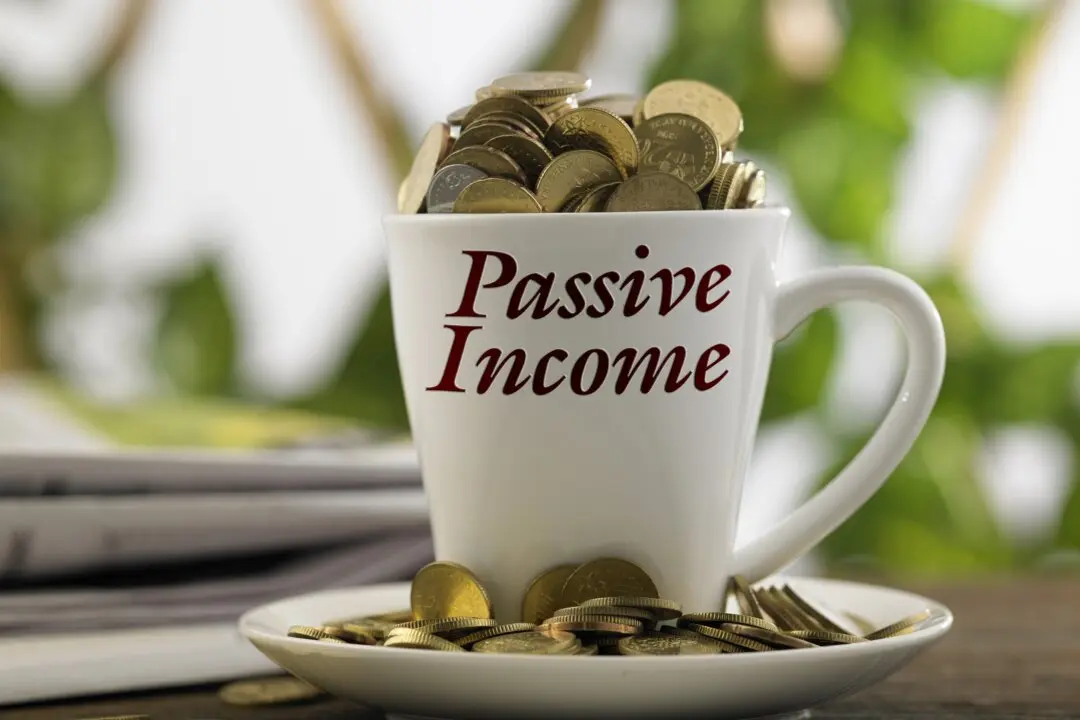Being self-employed means you don’t have the same benefits as those who work at a regular job.
There is no sick pay or vacation pay, for instance. Neither is there a health insurance package, annuity insurance, life insurance, disability insurance, or flexible medical and childcare accounts.





